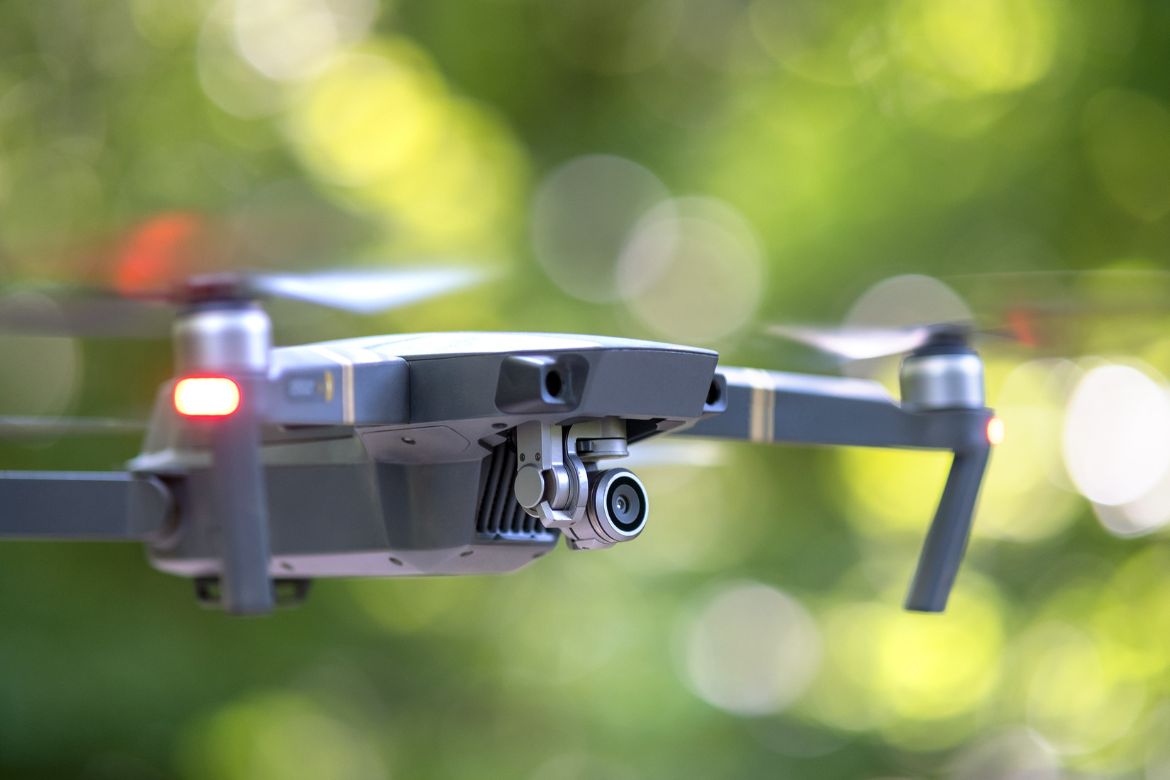UAV Videography: What To Look for in a Drone
Unmanned aerial vehicles (UAVs), commonly known as drones, have revolutionized videography by providing unique perspectives and high-quality aerial footage. With their advanced technology and maneuverability, drones offer cinematographers and videographers endless creative possibilities in capturing breathtaking shots from the sky. You must consider several factors when selecting the right drone for videography. Ensure crisp, clear, and stable overhead video footage by knowing what to look for in a drone for UAV videography.
Camera Quality and Stabilization
Camera quality is paramount for quality videography. Drones fitted with high-resolution cameras like Lily are a recent innovation in domestic drone technology. Drones with at least 4K video capturing capabilities guarantee top-quality footage. Large sensors can also significantly enhance image quality, especially in low-light conditions. A sturdy built-in gimbal system in the drone—a motorized stabilization system that keeps the camera steady during flight—further ensures quality footage as it assures smooth, cinematic shots.
Flight Time and Battery Life
No matter what you are recording—a documentary, festival, or short film—the drone can last for hours on end. A drone’s flight time determines how long it can stay airborne on a single charge. A longer flight time means you can capture more footage in one go. Drones with quality battery life and long flight times can also withstand long shoot hours, minimizing filming interruptions. Most drones feature a 20-30-minute flight time.
Range and Transmission
A drone’s range is the maximum distance it can travel from the controller while maintaining a stable connection. A longer range is essential for capturing vast landscapes without interruption. You can explore and film remote locations effortlessly, opening up endless possibilities for creative aerial shots and videos. Modern drones have sophisticated transmission systems that provide live video feeds and ensure a reliable link between the drone and controller, no matter the distance.
Advanced Features and Maneuverability
Advanced features, including return-to-home functionality and programmable flight paths, significantly enhance the drone’s versatility and safety. These capabilities allow drones to navigate challenging environments, effortlessly maneuvering tight spaces with precision. Drones can achieve intricate shots, capturing stunning visuals from unique angles and perspectives by accurately responding to controller inputs. With their exceptional maneuverability, drones empower filmmakers and photographers to unleash their creativity and capture breathtaking moments that were once unattainable.
Obstacle Avoidance
An obstacle avoidance system safeguards the drone during complex aerial maneuvers in UAV videography. LiDAR sensor drone technology allows for three-dimensional mapping, enhancing the drone’s navigation and obstacle avoidance capabilities. Advanced sensor systems like LiDARS improve a drone’s obstacle detection, preventing filming accidents and costly equipment repairs and replacements. With innovative obstacle avoidance and navigation technology, you can film with greater confidence, even in densely populated environments.
UAVs are expanding videography technology and quality. UAV videography offers many perspectives, from birds-eye viewpoints to expansive landscape footage, enhancing the shots and scenes in a video. Knowing what to look for in a drone for UAV videography allows you to find the best filming equipment for your needs and guarantees smooth shoots.

